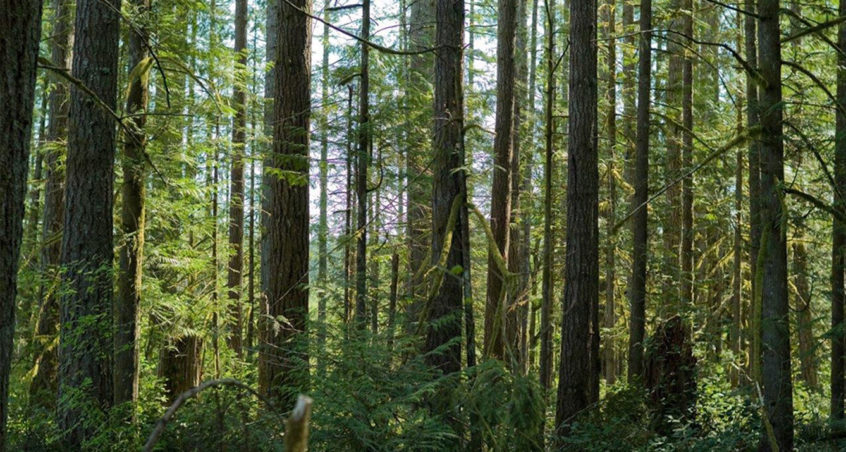By Jason Callahan
Jason Callahan is the Director of Governmental Relations for the Washington Forest Protection Association.
It’s no news that the health of public forests in Washington has been deteriorating for decades; however, the devastating fires of 2014 and 2015 forced this reality into the public conscience. Our state Legislature took notice and, after years of talking about forest health, passed a series of bills relating to wildfires and forest health during the last two legislative sessions.
These measures are most notable because they recognize that today’s forest health issues did not occur yesterday and cannot be fixed tomorrow. They include a budget measure in 2016 that directs the Department of Natural Resources to develop a 20-year forest health strategy and two bills in 2017 (here and here) that formalize a structured process for the state to identify and treat both state-owned lands and other lands across the landscape. These measures are important steps toward reestablishing healthy forests and helping our landscapes build resistance to insects, disease, and the catastrophic fires.
Just this week the DNR unveiled its 20-year forest health plan for eastern Washington. As our state stands on the brink of a historic investment in forest health, it’s critical that the policies guiding that investment be sustainable over time. Forest health issues will require a long-term, coordinated effort of diverse landowners and interests. For that effort and its underlying policies to be lasting, they must be sustainable. And to be sustainable, they must work within the objectives of the partner landowners.
Every landowner has a different objective for his or her land. Each federal landowning agency operates under different sets of congressional mandates and directions. Each state agency is guided by a different mission. Small and large private landowners have differing investment strategies and management goals. And tribal forest landowners have their own specific objectives for their land.
Recovering forest health in a sustainable, lasting way will require all these different objectives to be recognized and respected by the landowners, regulatory agencies, legislative bodies, and stakeholders. Our state’s leaders must craft policies and plans in a way that allows each landowner to satisfy his or her objectives while furthering the health of the forested landscape. If our policymakers respect this diverse range of objectives, it will prove to be a benefit to the landscape and not a hindrance. If landowner objectives are ignored, the new policies and objectives may have short-term gains, but will fail over the long-term outlook needed to correct generations of forest mismanagement.
The new 20-year forest health plan and recent legislative enactments signal an exciting time for forest management across Washington. The Legislature and the Department of Natural Resources are recognizing the challenges and complexity of the road ahead and with their leadership, the diversity of Washington’s landowners is being positioned as a benefit to the state as we move forward toward a healthier forested landscape.
